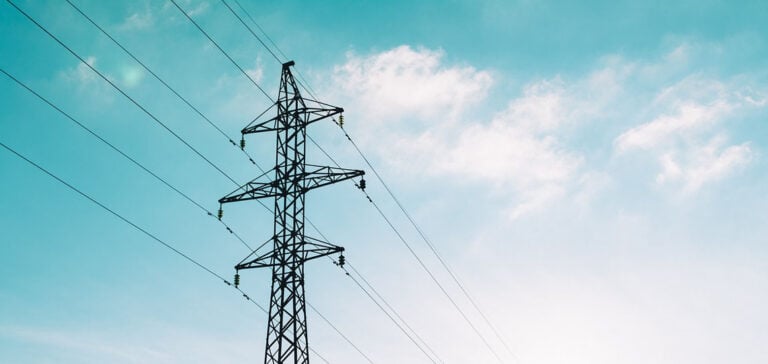Construction of the France-Spain power line, scheduled to start in October, is meeting with strong opposition in the Landes region of New Aquitaine. This major energy infrastructure, dubbed the “Notre-Câble-des-Landes”, is designed to improve power grid capacity between the two countries. It is of great interest in terms of electricity supply.
Improving Electrical Capacity
The France-Spain power line project, supported by RTE in France and Red Eléctrica in Spain, aims to increase the electrical connection capacity between the two countries from 2,800 megawatts to 5,000 megawatts. This significant improvement in electrical capacity is equivalent to supplying power to five million homes. In this way, it meets the growing demand for energy on both sides of the border.
The new 400,000 volt power line is around 400 kilometers long. Of this distance, 272 km are underwater. The rest is buried in the ground at a depth of 1.5 meters. This colossal electrical infrastructure is designed to ensure a robust interconnection between France and Spain to meet the energy policies of both countries.
Route modification
Initially, the power line cables were to pass through the Capbreton chasm in the Bay of Biscay. However, this option proved impossible due to unfavorable geological conditions. As a result, the new route now crosses five communes in the Landes region, underground.
This change in route has not allayed the concerns of local residents. Residents of the “Stop THT 40” collective are campaigning for the evaluation of a third option, to run along the A63 freeway to the Spanish border, in line with the recommendations of the French Conseil national de la protection de la nature (CNPN). RTE rejected this proposal, arguing that road infrastructures did not allow it.
Health Concerns and Controversy
Opponents of the project, including some local elected representatives, are also concerned about the possible health risks associated with such a powerful line. RTE claims that the line poses no health hazard, but residents are demanding proof to the contrary. This controversy has intensified over the months.
Elected representatives, such as the mayor of Capbreton, Patrick Laclédère, are considering legal action to suspend the work, thus expressing their disagreement with the project. The situation is becoming increasingly tense.






















